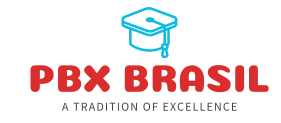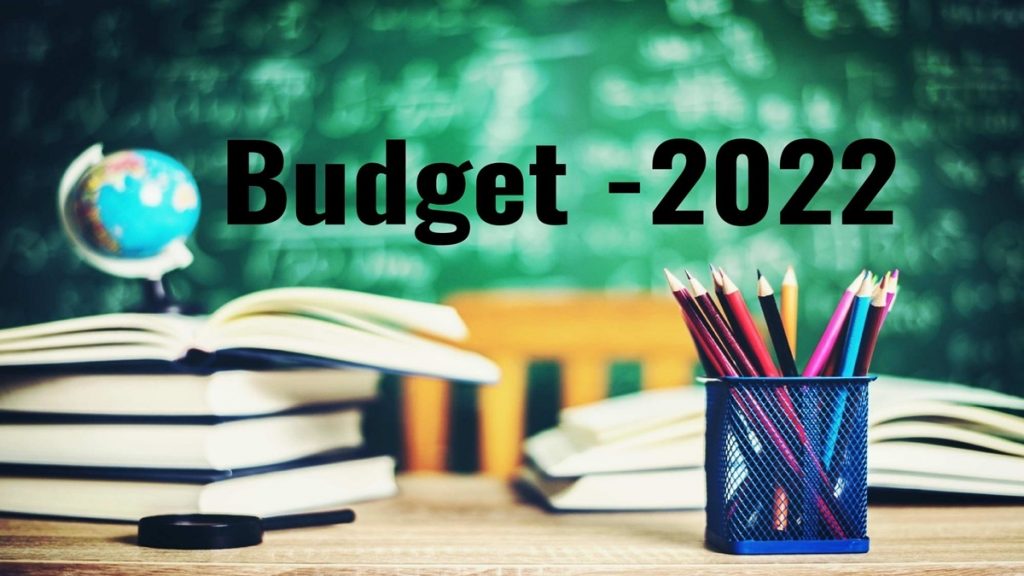For the 2022’s, personal finance and higher education
Greetings, Avatar! It’s a good moment to provide everyone two updates based on our recent Twitter conversations. 1) How to manage your personal finances, and 2) How to stay informed about how the world and economy are changing. Some of the items are still the same as they were around five years ago. However, given that the government has printed trillions of dollars, the future is undoubtedly different now. To put things in perspective, the amount of actual dollars in circulation has increased by 66 percent since 2010 (just over 10 years ago). Link Also. It is conceivable to claim that 90% of dollars have been issued since about the year 2000 if you use alternative measurements, such as M2, M3, etc. You can plainly observe that as we don’t want to cut data and like to keep things simple, more than half of the dollars created have taken place since 2008–2009. (use M3 in this case to avoid change in reporting issues)
Flowchart for Saving and Investing
Prior to beginning the flow chart. Remember. The objective is to establish different revenue streams. Instead of “reducing costs,” you should be concentrating on finding new ways to make money. It’s okay even if it’s just for a few months or years of money exchange. There is absolutely no likelihood that you can earn $40–$50 per hour by clipping coupons. Warning: This section assumes that you have no resources and starts at the bottom (completely broke).
#1 Plan Ahead
If you don’t have any money, you must make plans. This suggests that you might research the following: 1) The churning of credit card rewards, 2) the purchase of discounted gift cards, 3) the churning of bank account openings, and 4) the fast resale of Christmas goods, including Xbox/PlayStation consoles and other well-liked items. These four things won’t bring you financial success on their own. For you, they will add a few thousand US tokens each year. Stacking rewards is a straightforward illustration. 1) Choose one that requires $1500 in spending, and 2) utilise it to purchase inexpensive gift cards online for things like food and clothing that you would need otherwise. 3) Spend that money on a popular holiday item to resell. You can quickly generate $1,000 in prizes plus a 10% resell profit. This stuff won’t matter once your secondary source of income is up and running. And. Yes. When we had nothing, we did this.
#2 Lower Expenses on Day One
You want to keep the overhead as low as possible on day one, when there is nothing. You’ll be working 60 to 80 hours per week regardless. Reduce rent expenses as much as you possibly can, then. Don’t invest in any expensive clothing—no one will notice if you’re 20 and broke. We’d attempt to keep the cost of rent and mortgage payments to a low even if you start to scale up (and become wealthier). Rent and mortgage payments should make up no more than 20 percent of gross income after taxes. The advice you receive is to do the exact opposite of this (33 percent is insanely high).
#3 Living expenses
Since it depends on your financial condition, we’re only using a general range here. Living expenses are comprised of the following: rent, food, utilities, and medical expenses. You can be at the lower end if you have a job or career and paid vacation days that you have accumulated. You shouldn’t be at the low end if you won’t have any income (assumes you get fired or laid off). Really, there is never a situation where you want to have less than three to six months’ worth of emergency funds. Anything is possible. You might incur an unforeseen medical bill. The business you work for can fail or be bought out (assumes you have no equity). I could go on forever. In 3-6 months, if you’re aggressive with your spending, you should be able to reach this level. Because you won’t be concentrating on going out or “flexing” for your first 2-3 years, you should be able to save about 50% of your take-home earnings. Oh, and another thing. If a female you’re dating concerns if you share a room at age 20 to 23 or so, she’s probably not someone you want to spend the rest of your life with. Living alone in your early 20s shouldn’t cost money because you’re dating.
#4 All Company Matches
It should be clear that you should choose the Company match (practically no exceptions). It has nothing to do with stocks, bonds, or cryptocurrencies. Math plays a role in it. If your employer matches your contribution, you will immediately see a 100% return! That cannot be overcome. Its mathematical foundation is really simple. The Company will match your contribution of $5,000 *pre-tax* US Token and purchase the S&P 500 if you purchase it. Now, some will counter that if you withdraw the money from your 401(k) early, you must “pay penalties and taxes.” But it doesn’t matter. If you were to withdraw the money, you would receive $10,000. (1-tax rate -10 percent early withdrawal penalty). Even if your tax rate was 40% and your penalty was 10%, that still equals 50%. This indicates that you receive $5,000 US Tokens *post tax*. Again. It makes no sense to skip the Company match. You might take the cash in and essentially receive a portion of your income post-tax rather than pre-tax.
#5 Transition to crypto:
This would be the third investment strategy at this time (our opinion). You shouldn’t have any trouble purchasing some *large-cap* cryptocurrency if you already have three to six months’ worth of living expenses saved up and are using all of your company match. Avoid investing in risky tiny caps (most are ponzis so you have to be smart and correctly get into them early to lock in any sort of return). This third level, it should be noted, presupposes the following: You already have a supplementary source of income, and there are no looming obligations for you to take care of. If your aim is to have one source of income and then overnight turn into a “trader/investor” to become wealthy… It won’t be successful. With some high risk betting strategies, only 1 in 1,000,000 will be successful. Sadly, a number of people have developed bad habits as a result of all the mayhem that happened in 2020. The good news is that over time, these people will lose their money, and producers and creators will profit instead (as they always do; just take a look at the world’s wealthiest individuals; they are all producers and creators).
#6 Calculated Risk
You should now have a variety of instructions. You ought to have a tonne of choices. You have 2-3 income sources and are aware that you have options, unlike “Jugglers,” who labour on 10-15 projects concurrently with no success: Choose option A, sell your business and choose option B, or continue to scale your present revenue sources while investing in cryptocurrencies, equities, or purchasing your first home. We are unable to decide for you in this situation. One thing we would say is that you probably need to transfer an additional $50,000 US Token or 1.5 BTC to your savings account (at the time of writing). This is due to the $50,000 average cost of a new product or business idea. You don’t want to be compelled to sell your successful income streams if you have a few of them. Instead, you might start the alternative plan right now by saving wisely
#7 Real estate
Significant change Real estate used to be a means of wealth development, but that is no longer the case. You may engage in any activity you like. We think it’s best to only have one location to reside (a house or an apartment) and not be exposed to any other real estate. What’s wrong is this: 1) Internet sites are easier to maintain and sell for cheaper P/E ratios, and 2) taxing a home and rental revenue is much simpler. In comparison to real estate, you can now live in Singapore or Puerto Rico and receive substantially better tax treatment due to changes in the tax system.
Where else can you get tax rates of 0 to 7 percent? The inability to relocate is the second problem with rental houses. If you begin investing in a certain region, you must be present to oversee; otherwise, you will lose even more money to a property management company. Internet sites and real estate are no longer comparable. We advise sticking with websites and other mobile passive income sources unless you are an expert in the field. Clarity regarding ownership structure and modifications is the last item. You can do a tonne of various things with internet-based businesses if tax adjustments are made. Sell a portion of it while keeping a minority stake. Create a number of LLCs to distribute ownership. You can relocate to a better area. If the shipping or manufacturing regulations change, you can modify your business plan. I could go on forever. Given that the revenue is not based on a specific area, your possibilities are better.
#8 Economic Independence:
You will be free once all of your passive money is producing more than your daily expenses. At this stage, there isn’t much counsel to provide. Simply put, you don’t touch the savings or nugget of passive income. By doing this, you may limit your risk-taking while still having complete control over your future revenue. Nobody will reach financial independence and then decide to “leave” their business. That is not how it operates. What actually occurs? After working hard for a few more years, your priorities start to change. It typically shifts in that manner for those who have children. There are two options for people who make a lot of money: either they become intensely competitive and want to dominate their field, or they shift their attention to a more enjoyable, less stressful lifestyle that does pay the bills. If it wasn’t clear, we are in camp number two. The general structure we’ve seen for amusement? Most people struggle for another five years after reaching financial freedom. This is a rough substitute. They make a firm decision to either scale aggressively or give other things priority after another five years of toil. It is none of our business where you land on this spectrum. It’s up to you as long as you’re self-sufficient financially!







